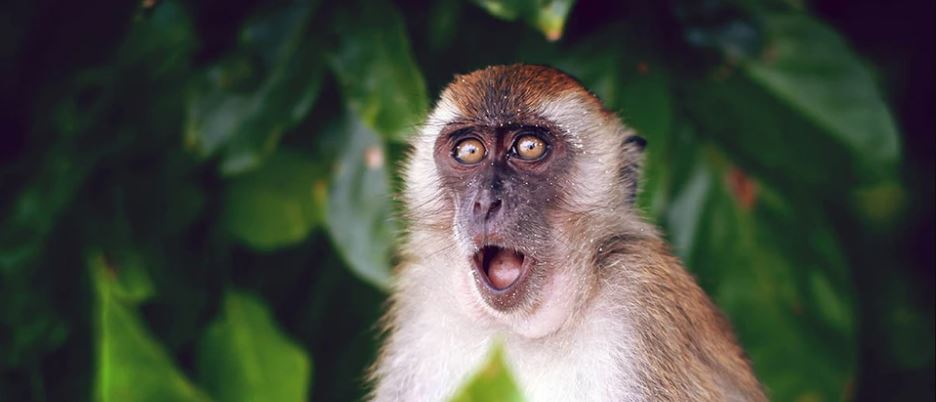Since the beginning of May, cases of a rare infectious disease, monkeypox, have been recorded in a dozen countries around the world. The total number of confirmed infections – just over a hundred – is low compared to the COVID-19 pandemic, even in its early stages. However, the WHO showed concern by convening an emergency meeting of experts on 20 May to discuss the monkeypox outbreak. Monkeypox is unlikely to be a serious epidemic this time around, but in the future, it may cause more problems and require a return to vaccination.
Monkeypox is an infectious viral disease caused by a virus of the poxvirus family, close to the variola virus. However, unlike smallpox, which claimed the lives of hundreds of millions of people in the 20th century alone, monkeypox mainly infects animals, is rarely transmitted from them to humans, and is much less dangerous (mortality rate is no more than 11 percent, while in smallpox it reached up to 40 percent, and in some epidemics up to 90 percent).
Monkeypox symptoms in humans are fever, headaches, muscle aches, profuse sweating, and a typical rash that can leave permanent scarring. As a rule, the disease resolves itself within 2-4 weeks after the onset of the first symptoms (the incubation period lasts from a week to 19 days).
The two main natural foci of monkeypox are located in Central and West Africa, with the first characterized by a more severe course of the disease (mortality up to 11 percent), and the second – a milder one (mortality – about 4 percent). These are quite high rates when compared, for example, with COVID-19 (mortality of about 1 percent), but the monkeypox virus, unlike the coronavirus, is difficult to transmit. By the way, monkeys are not their original natural carrier, in the natural environment the infection spreads mainly among small rodents, the name of the disease is due to the fact that its pathogen was first isolated in 1958 from monkeys.
Transmission of the virus occurs through bodily fluids, primarily through the contents of vesicles that appear on the body, penetrating into the body of another person through lesions on the skin and mucous membranes, and requires prolonged and close contact. There is evidence of airborne transmission, but this is probably a minor route. The need for prolonged close contact, as well as the fact that the patient becomes capable of infection after the onset of obvious symptoms (rashes), restrain the spread of monkeypox.
The most likely explanation is that humanity is gradually losing immunity to smallpox, obtained both by those who have been ill and during mass vaccination. Smallpox was completely eliminated by 1980 (samples of the virus are now stored in only two laboratories in the world, in Russia and the USA), and vaccination was stopped, since then collective immunity to it has gradually weakened. The monkeypox virus is genetically close to the variola virus and is gradually gaining more opportunities to spread in the human population.
“If you have protection after an illness or after vaccination against smallpox, fresh enough, studies have shown that up to 85 percent of protection is maintained against monkeypox virus. Now monkeypox has no natural competitor, smallpox, antibody defense in the population.
The characteristics of the spread of the monkeypox virus make it a poor candidate to continue the terrible work of the coronavirus. It is not so much the current outbreak that is worrisome, but the general trend: it seems that it is becoming easier for relatives of the variola virus to penetrate from animals into the human population.


Leave a Reply